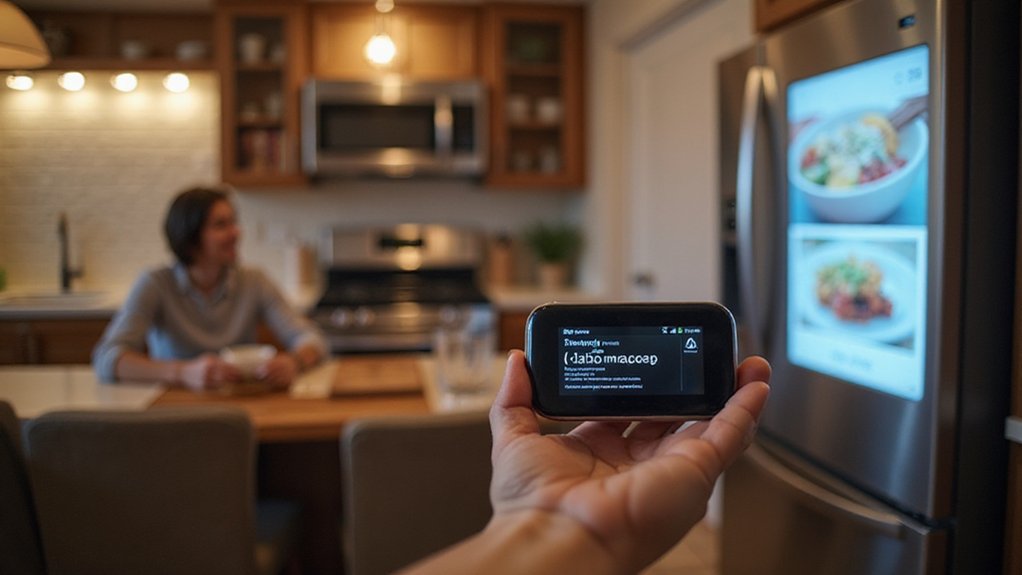How profoundly might our daily routines transform when 100 million AI companion devices—each designed by Apple legend Jony Ive and powered by OpenAI’s advanced models—infiltrate homes and pockets worldwide? OpenAI’s unprecedented ambition to deploy AI companions at scale represents not merely a product launch but a paradigm shift in human-technology symbiosis. Following a substantial $6.5 billion acquisition of io, the company has positioned itself to accelerate AI adoption at a velocity that outpaces historical technology diffusion curves.
The pocket-sized companions, deliberately engineered to avoid replicating smartphones or wearables, promise environmental awareness and contextual understanding without the cognitive burden of screen interaction. These devices aim to be fully aware of their surroundings to provide personalized assistance to users. This nuanced approach to ambient computing could effectively arbitrage our attention economy, potentially yielding dividends in cognitive bandwidth while maintaining connectivity—a delicate balance that has eluded previous iterations of “smart” technology. The concept eerily reflects themes explored in the British television episode The Entire History Of You, raising ethical questions about recording our daily experiences.
Market analysts project the initiative could generate approximately $1 trillion in enterprise value for OpenAI, a valuation multiple that reflects expectations of profound market penetration and utility. The strategic pivot into hardware demonstrates vertical integration ambitions previously observed in tech behemoths that successfully bridged the software-hardware divide. Similar to frameworks like cross-platform integration, OpenAI’s devices could potentially work across Android, iOS, and web platforms through a unified interface while maintaining native performance.
The manufacturing logistics alone are staggering; producing and distributing 100 million units requires supply chain orchestration comparable to Apple’s iPhone ecosystem. This operational complexity underscores OpenAI’s evolution from research laboratory to consumer product powerhouse—a metamorphosis accelerated by Ive’s design acumen and experience in scaling premium devices.
What remains tantalizingly undefined is how these devices might reconfigure productivity patterns, social interactions, and creative workflows. Will they serve as invisible concierges, anticipating needs before consciously formulated? Or might they function as cognitive extensions, augmenting human capabilities while remaining unobtrusive? The answers will emerge as these companions integrate into daily life, potentially establishing new behavioral norms around AI interaction that feel simultaneously revolutionary and inevitable—much like smartphones did a mere generation ago.





